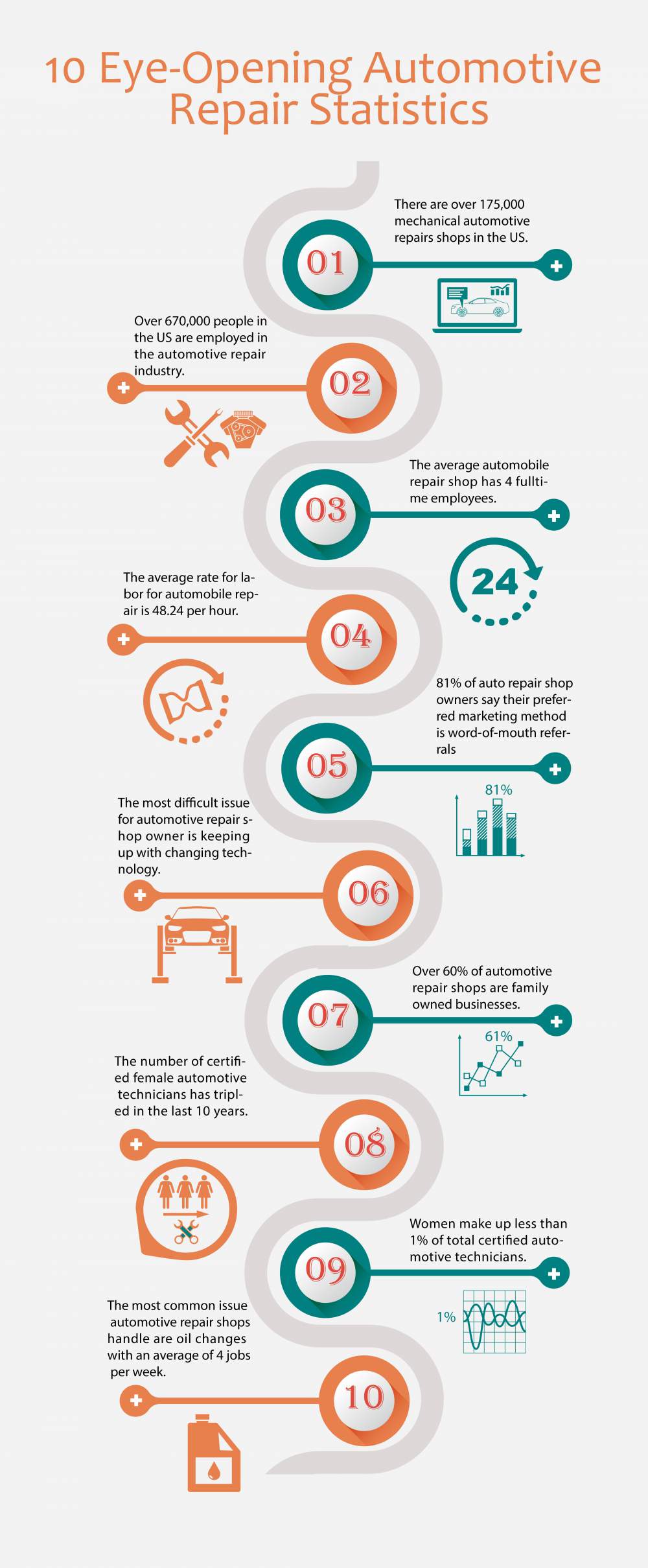Wondering About The Definition Behind Those Control Panel Warning Lights? Gain Understandings Right Into Their Ramifications For Your Automobile'S Safety And Maintenance
Wondering About The Definition Behind Those Control Panel Warning Lights? Gain Understandings Right Into Their Ramifications For Your Automobile'S Safety And Maintenance
Blog Article
more info -Hartley Torres
When you lag the wheel, those radiant caution lights on your dashboard can be a little bit difficult. Do you know what they're attempting to tell you concerning your cars and truck's health? Recognizing the significance of these lights is essential for your security and the longevity of your automobile. So, the next time among those lights pops up, wouldn't you intend to decipher its message precisely and take the necessary actions to resolve it?
Common Caution Lighting and Interpretations
Determine typical caution lights in your auto and understand their meanings to ensure secure driving.
The most normal caution lights include the check engine light, which indicates concerns with the engine or exhausts system. If this light comes on, it's vital to have your vehicle checked without delay.
The oil stress advising light suggests reduced oil pressure, requiring immediate attention to avoid engine damages.
A flashing battery light could recommend a faulty billing system, potentially leaving you stranded otherwise resolved.
The tire pressure monitoring system (TPMS) light signals you to reduced tire pressure, influencing lorry stability and fuel efficiency. Ignoring this might cause risky driving problems.
The ABS light suggests a trouble with the anti-lock stopping system, jeopardizing your ability to quit quickly in emergency situations.
Last but not least, the coolant temperature level cautioning light warns of engine getting too hot, which can result in serious damage otherwise fixed promptly.
Understanding these typical caution lights will certainly assist you address problems promptly and maintain safe driving conditions.
Relevance of Prompt Focus
Comprehending the usual caution lights in your car is just the initial step; the relevance of immediately addressing these warnings can't be stressed enough to guarantee your safety and security when traveling.
When a caution light brightens on your control panel, it's your vehicle's method of connecting a possible problem that requires interest. Disregarding these cautions can result in extra serious troubles later on, endangering your safety and security and potentially costing you more in repairs.
Trigger interest to advising lights can prevent break downs and accidents. For instance, a flashing check engine light could show a misfire that, if left neglected, might cause damage to the catalytic converter. Addressing this promptly can save you from an expensive repair work.
In a similar way, a brake system cautioning light could signal low brake fluid or used brake pads, crucial components for your safety when driving.
DIY Troubleshooting Tips
If you see a warning light on your control panel, there are a few DIY troubleshooting suggestions you can attempt prior to looking for specialist assistance.
The first step is to consult your automobile's handbook to recognize what the details warning light suggests. Occasionally the issue can be as basic as a loosened gas cap causing the check engine light. Tightening up the gas cap may deal with the issue.
One more typical problem is a reduced battery, which can set off different warning lights. Examining https://brooksieauo.blog-a-story.com/11565149/translating-your-auto-s-alert-lighting-their-true-implications for deterioration and guaranteeing they're safe and secure could repair the issue.
If a warning light persists, you can try resetting it by disconnecting the vehicle's battery for a few minutes and after that reconnecting it. In addition, checking your lorry's fluid degrees, such as oil, coolant, and brake liquid, can assist fix alerting lights connected to these systems.
Conclusion
To conclude, comprehending your auto's caution lights is necessary for maintaining your automobile running smoothly and safely. By immediately attending to these signals and understanding what they mean, you can prevent expensive repairs and potential break downs.
Keep in mind to consult your car's guidebook for specific details on each cautioning light and do something about it appropriately to guarantee a trouble-free driving experience.
Stay informed, stay safe when driving!
